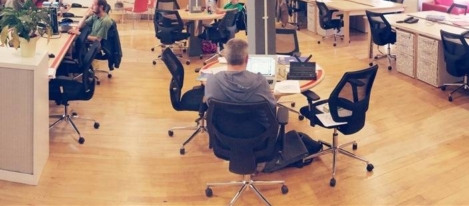October 25, 2015
Vacant property management survey seeks FMs main concerns 0
 When squatting in a residential building became a criminal offence three years ago an Orbis survey revealed that a third of property managers predicted a rise in squatters targeting commercial properties as a result. Orbis has now launched a new vacant property management survey for 2015 with the BIFM to obtain views from property and facilities managers about the empty buildings in their portfolio. It seeks to understand what facilities managers’ main concerns are when it comes to empty buildings, their understanding of the legal and insurance requirements around empty properties and how they currently manage them. The survey also considers urban exploring, the exploration of man-made structures, to determine whether this is a growing trend and a threat. Guy Other, chief executive officer of Orbis said: “With this new survey we will better determine the extent of the problem in 2015, and the extent of any new threats.” Click here to take part
When squatting in a residential building became a criminal offence three years ago an Orbis survey revealed that a third of property managers predicted a rise in squatters targeting commercial properties as a result. Orbis has now launched a new vacant property management survey for 2015 with the BIFM to obtain views from property and facilities managers about the empty buildings in their portfolio. It seeks to understand what facilities managers’ main concerns are when it comes to empty buildings, their understanding of the legal and insurance requirements around empty properties and how they currently manage them. The survey also considers urban exploring, the exploration of man-made structures, to determine whether this is a growing trend and a threat. Guy Other, chief executive officer of Orbis said: “With this new survey we will better determine the extent of the problem in 2015, and the extent of any new threats.” Click here to take part




















 Investment in
Investment in 
 According to a report published in the
According to a report published in the 
 The commercial property markets in the world’s major cities are evolving against a backdrop of ongoing economic and political uncertainty, according to
The commercial property markets in the world’s major cities are evolving against a backdrop of ongoing economic and political uncertainty, according to 



















October 2, 2015
For once and for all, please stop with this ‘death of the office’ stuff 0
by Mark Eltringham • Comment, Furniture, Property, Technology, Workplace design
More →